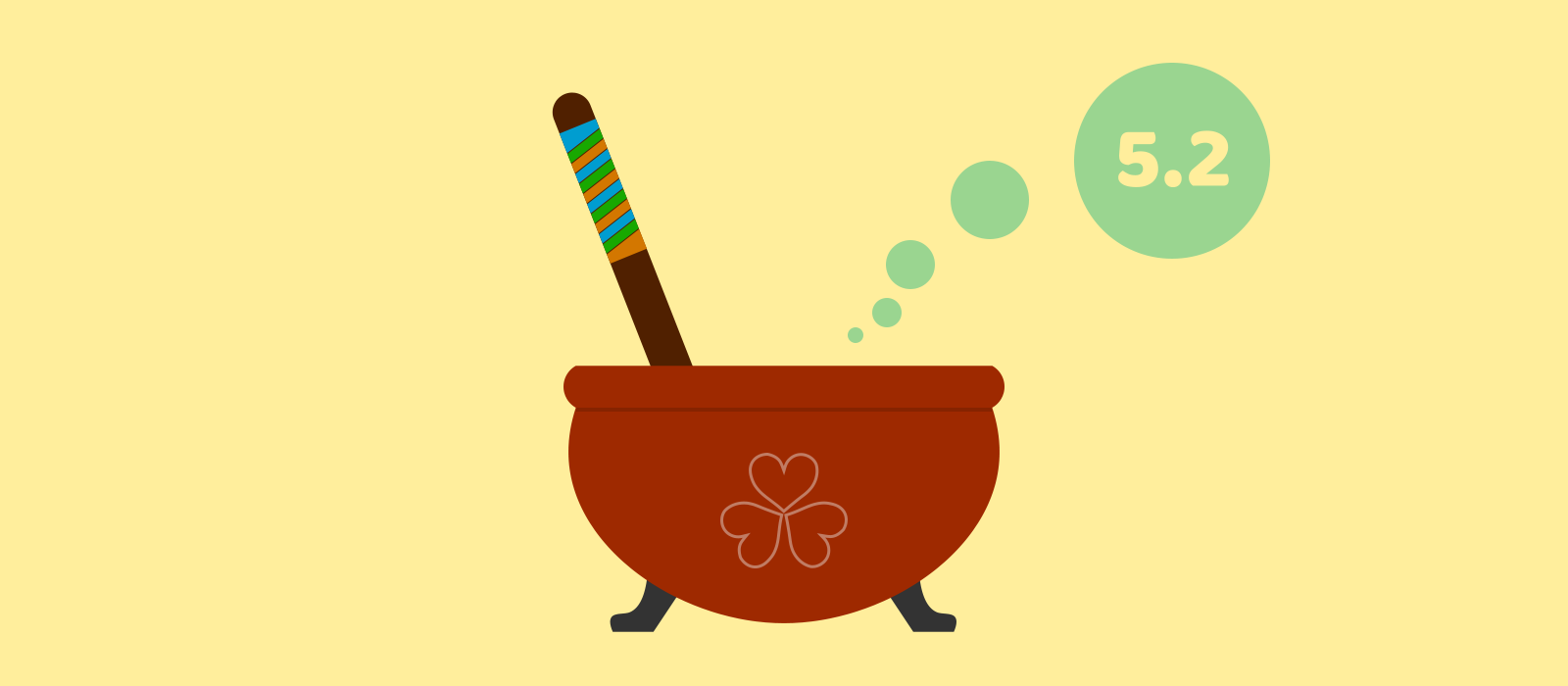Sometimes the need arises for an array of Page objects ordered hierarchically, but all there is available is just a collection of Page objects ordered by title for example, maybe because they were previously fetched from the database through the global $wpdb object. On these occasions, to hierarchically reorder an array as such, we have to be creative, because WordPress isn't equipped with an utility function made up on purpose — or at least I have not dug enough to uncover one. In truth, I simply enjoyed looking for my own solution, and that's the main reason why I am here now writing about it.










